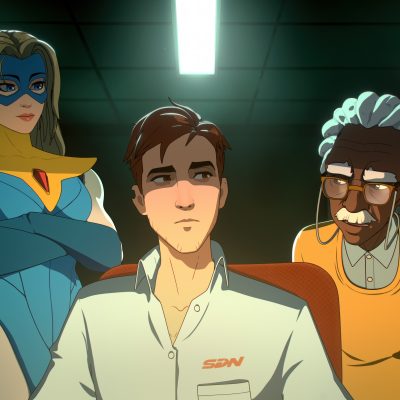Indie games have a unique way of telling stories that big-budget titles often can’t. They’re frequently more daring, more intimate, and more willing to experiment with both mechanics and narrative structure. Mai: Child of Ages, developed by Chubby Pixel, is one of those rare indie titles that doesn’t just present an engaging story — it uses time itself as both a narrative thread and a gameplay mechanic to explore themes of growth, destiny, and identity. After spending more than a dozen hours with Mai’s journey, I found myself emotionally invested in a world that manages to be both minimalist and profound, and mechanically fresh in ways I didn’t expect
The story begins in the ruins of a world scarred by the “Last Great War.” I took control of Mai, a seemingly ordinary girl who quickly becomes entangled in forces far greater than herself. Early on, Mai discovers the Uroboro Stone, a mysterious artifact that grants her the ability to manipulate time. What could easily have been a standard coming-of-age adventure instead unfolds into a thoughtful meditation on how our choices reverberate across timelines, shaping both the world and ourselves.
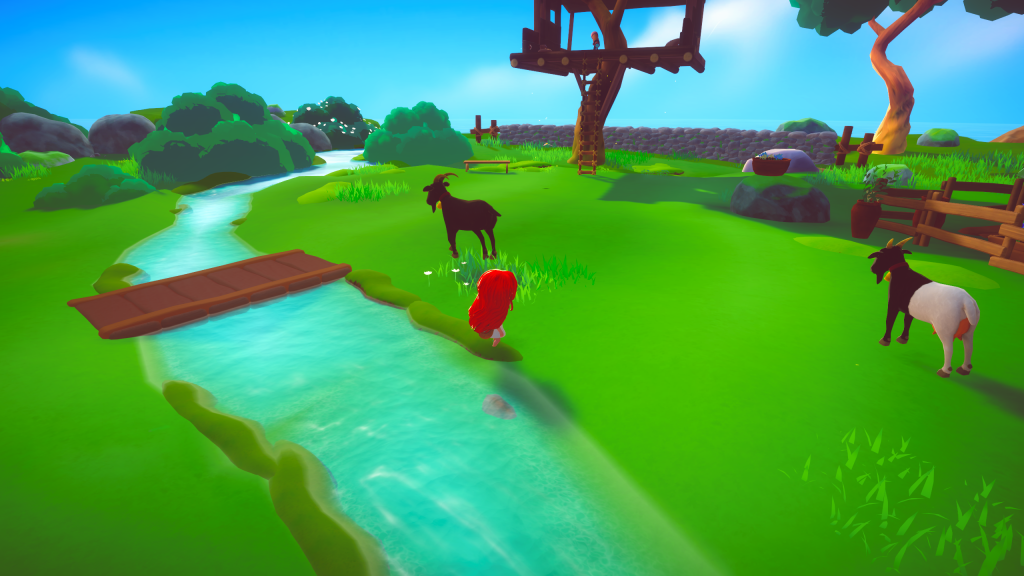
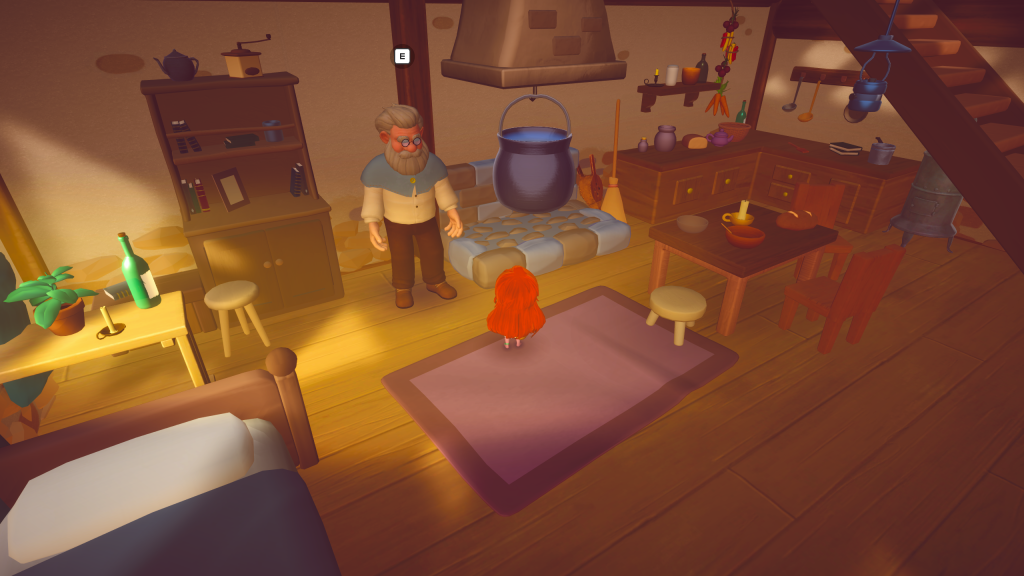
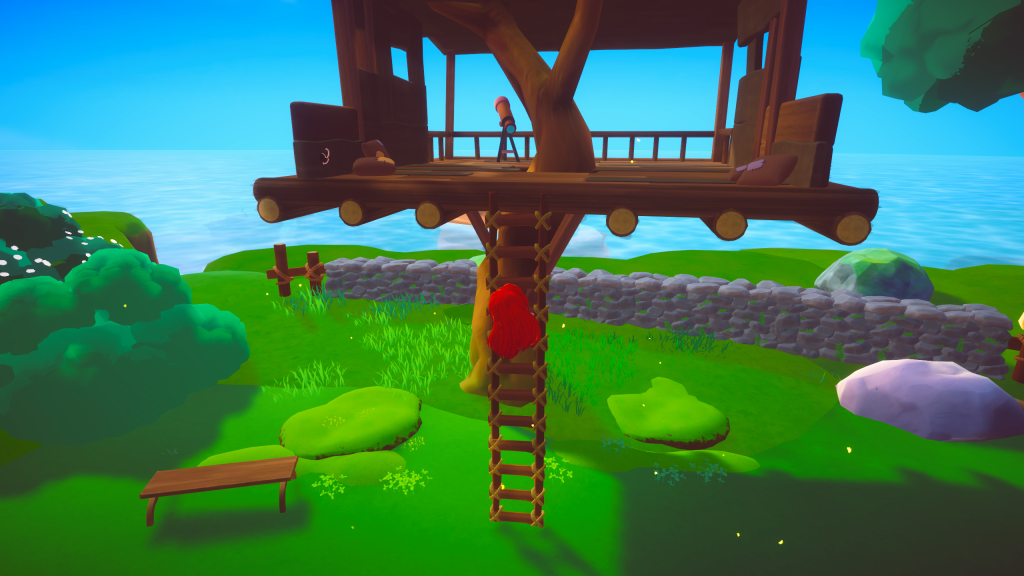
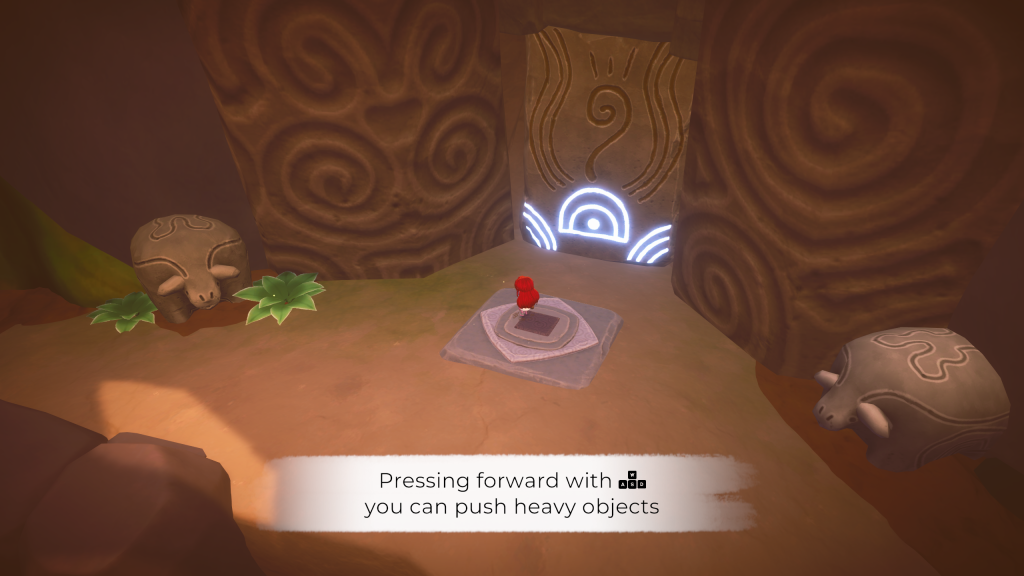
Rather than relying on lengthy exposition, the game opts for subtle environmental storytelling and fragmented memories to paint its narrative. Abandoned cities whisper remnants of their past through broken architecture and faded murals. NPCs speak in riddles, as if they themselves are struggling to remember what came before. Flashbacks are used sparingly but effectively, revealing glimpses of Mai’s earlier life and her family, giving weight to her actions as she grows.
I appreciated that the story never spoon-feeds the player. Instead, it trusts us to piece together the puzzle of this broken world — a refreshing approach in an era where many games overwhelm players with cutscenes and lore dumps.
What truly sets Mai: Child of Ages apart is how its gameplay evolves alongside Mai herself. The early sections play almost like a classic puzzle-platformer. Mai is young, agile, but vulnerable. I found myself carefully navigating crumbling platforms, solving time-based puzzles, and learning how to use the Uroboro Stone to reverse environmental damage or rewind mistakes. These opening hours establish a strong mechanical foundation while reflecting Mai’s innocence and curiosity.
As the story progresses, Mai grows older, and with her growth comes new abilities and responsibilities. The gameplay shifts into more action-oriented territory, introducing hack-and-slash combat mechanics that feel surprisingly fluid for an indie title. Combos are simple to execute but have enough nuance to reward precise timing. Enemy encounters ramp up gradually, moving from environmental hazards to deliberate, skill-testing battles.
One standout moment for me came during a boss fight in the “Collapsed Citadel.” Using time manipulation to alternate between two versions of the battlefield — one in ruin and one intact — forced me to think several moves ahead. It wasn’t just about reacting; it was about orchestrating a dance between two timelines, exploiting weaknesses that only existed in one state or the other.
This evolving structure makes the game feel like a genuine journey. I didn’t just watch Mai grow; I felt it through the mechanics.
Level design in Mai: Child of Ages deserves special praise. Each area is built around a central temporal gimmick — from rewinding destroyed bridges to aging entire structures into decay to create new pathways. These mechanics are introduced organically, without lengthy tutorials, and then layered in increasingly complex ways. By the midpoint of the game, I was solving multi-step puzzles that required rewinding and fast-forwarding different objects in a specific sequence to open hidden routes or disable traps.
What impressed me most was the pacing. Many games that introduce complex mechanics tend to frontload or drag them out. Here, every new ability or challenge arrives just as the previous one is fully mastered. There’s a natural rhythm to the way challenges escalate, keeping the experience engaging throughout.
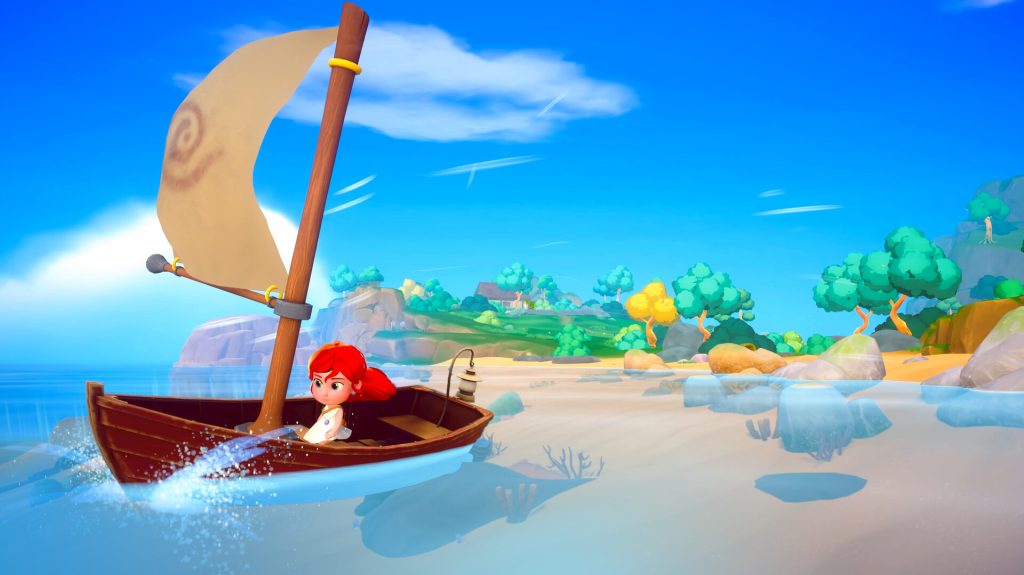
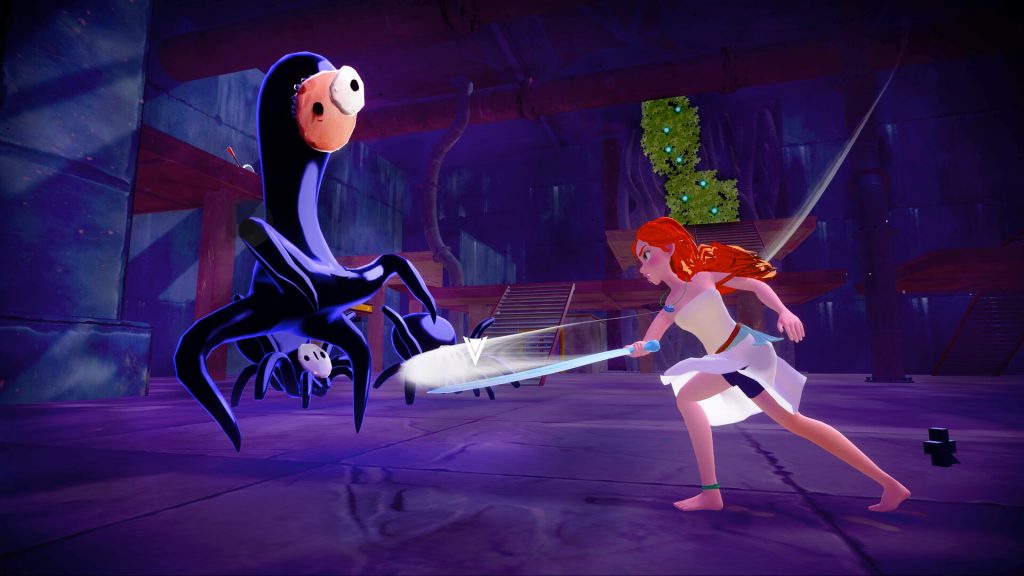
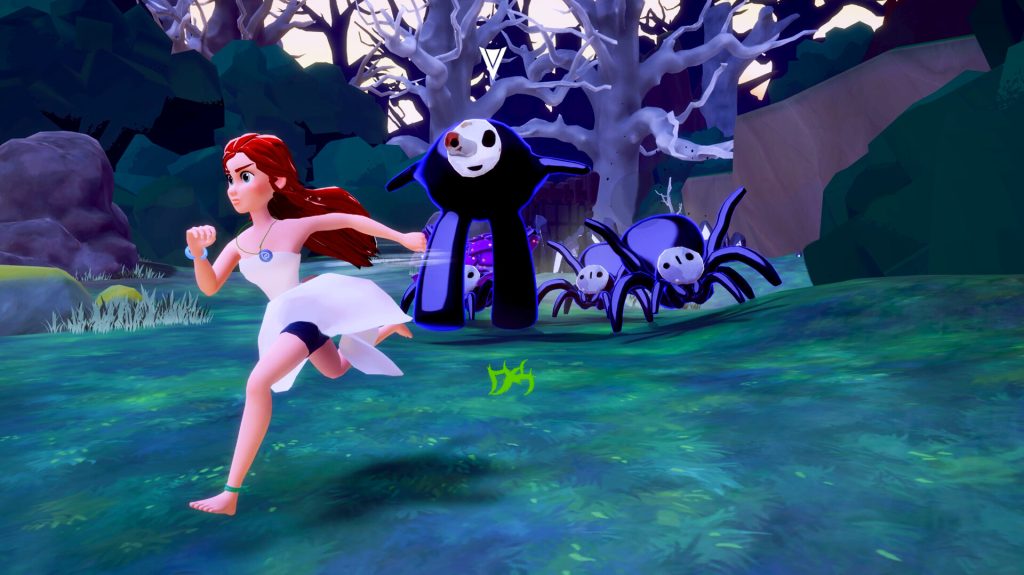
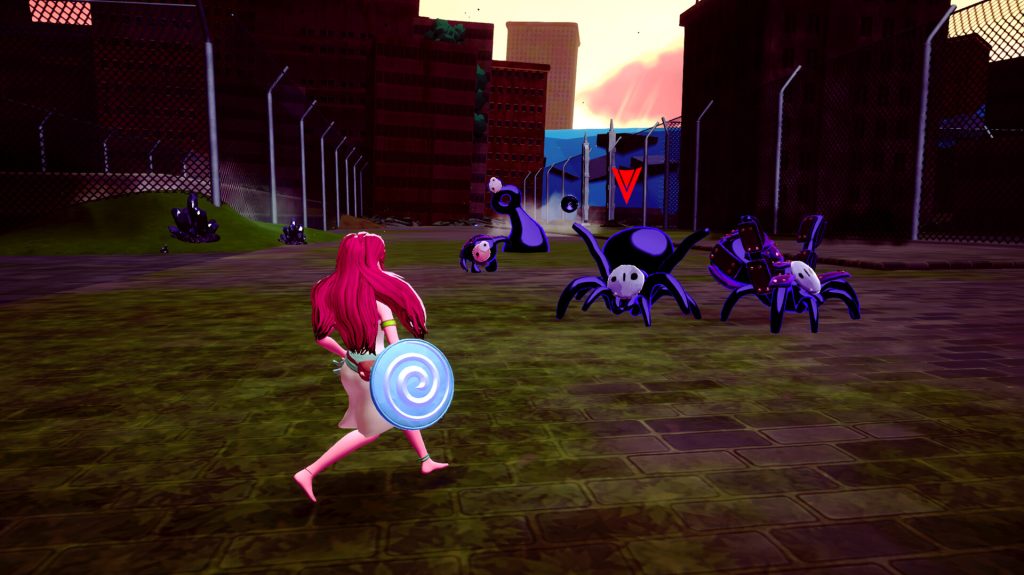
Graphically, Mai: Child of Ages embraces a minimalist, almost painterly art style. Environments are crafted with simple shapes and muted palettes, but lighting and color shifts play a crucial role in establishing mood. When Mai travels between time periods, entire scenes transform seamlessly — vibrant, bustling towns decay into haunting ruins before my eyes, and vice versa. This visual duality reinforces the central theme of time’s relentless march.
Mai herself is animated with subtlety. Her movements as a child are tentative and light, while her adult form carries a weightier presence. It’s a small touch, but one that speaks volumes about her development.
The soundtrack is equally impressive. Gentle, orchestral themes underscore the early sections, evoking wonder and melancholy. As the stakes rise, the music swells into bold, heroic motifs. There were moments when I simply paused, letting the music and environment wash over me. It’s clear that the developers understood how crucial audio is to immersing players in a narrative centered on time and emotion.
I played the PC version of the game, and for the most part, performance was smooth. Load times were short, and transitions between time states happened almost instantaneously, which is critical given how integral those shifts are to gameplay.
That said, I did encounter a few hiccups. Occasionally, when rewinding complex structures, I experienced slight physics glitches — objects snapping into unintended positions or Mai clipping through a ledge. None of these issues were game-breaking, but they were noticeable enough to momentarily break immersion. A patch or two could easily address these quirks.
The combat system, while solid, doesn’t quite reach the depth of dedicated action titles. Some enemy encounters, particularly with standard mobs, can feel repetitive toward the late game. The boss fights, however, consistently remained inventive and challenging.
What lingers with me the most after finishing Mai: Child of Ages isn’t just its puzzles or its boss fights — it’s its thematic weight. This is a game about growing up, about making decisions when you don’t have all the answers, and about living with the consequences of those decisions across time.
Mai’s progression from a naive child to a powerful but burdened adult mirrors the player’s own growing mastery of the game’s systems. Early puzzles teach you how to fix mistakes; later challenges ask whether you should fix them at all. This subtle shift transforms the game from a linear adventure into a reflective experience.
The final act brings these themes together beautifully. Without spoiling specifics, I can say that the ending left me with a sense of bittersweet completion — not because everything was neatly resolved, but because the game respected its own narrative complexity.
Mai: Child of Ages is a rare kind of indie game: one that marries mechanical innovation with emotional storytelling in a way that feels seamless. Its evolving gameplay mirrors its themes of growth, its minimalist visuals enhance rather than diminish its atmosphere, and its time mechanics are both clever and narratively meaningful.
While it’s not without flaws — some repetitive combat and occasional physics glitches hold it back from absolute greatness — its ambition and execution are remarkable. I walked away from Mai’s journey feeling moved, challenged, and inspired.
For anyone seeking a thoughtful, well-crafted adventure that isn’t afraid to ask big questions through small details, Mai: Child of Ages is an essential experience.








